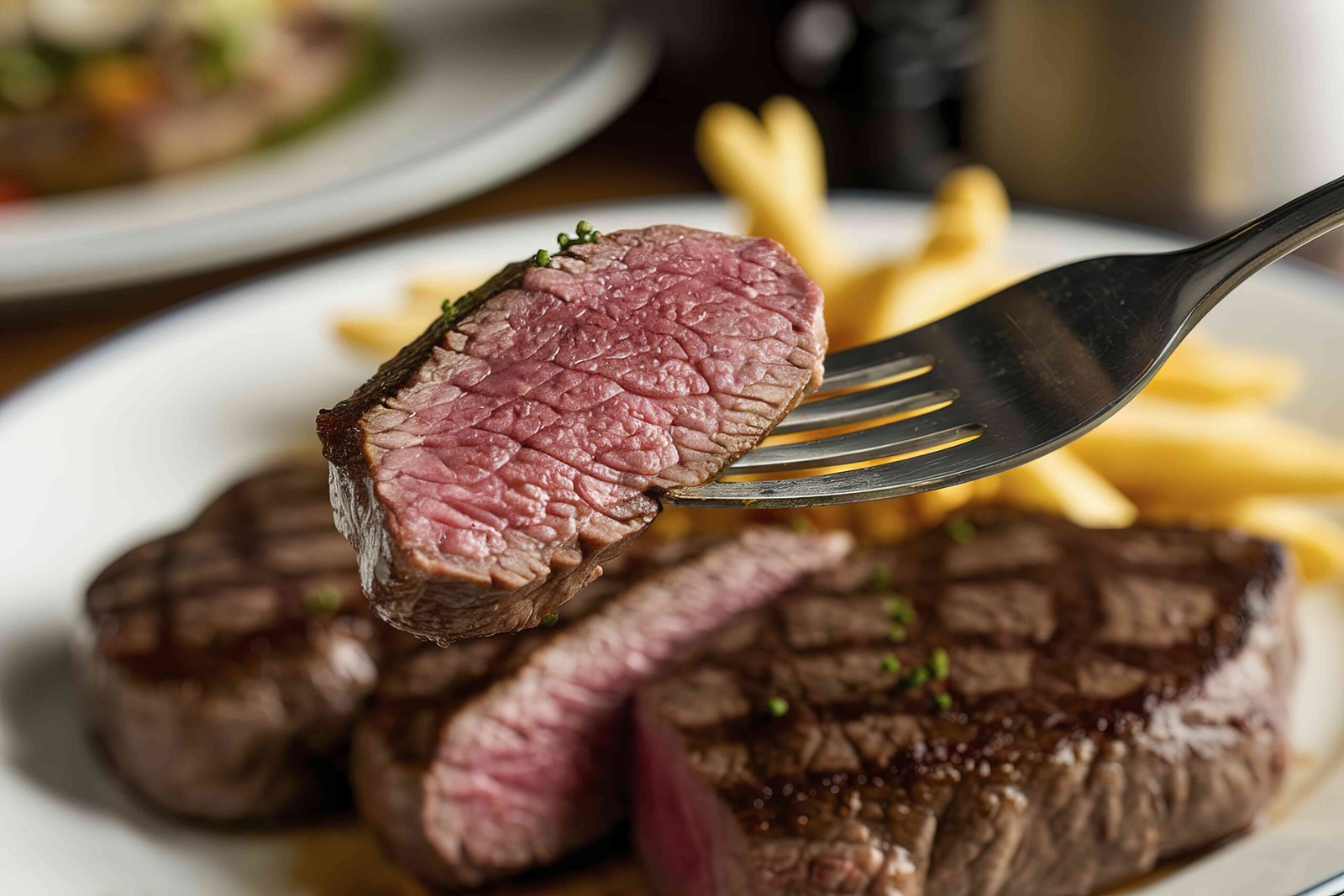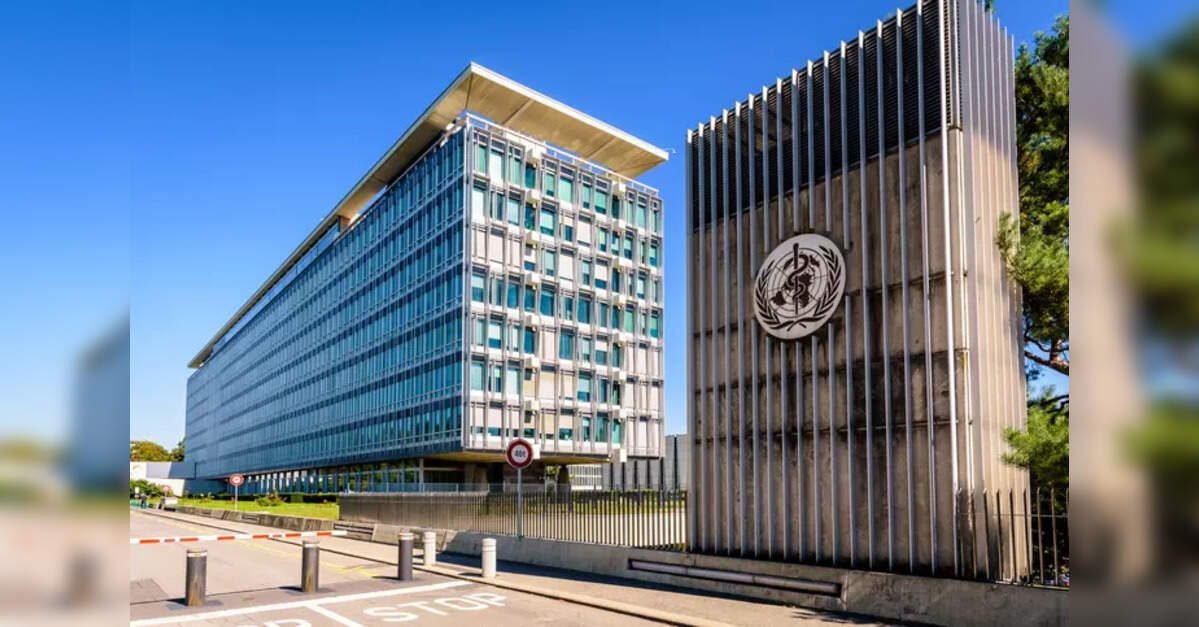Should you load up on red meat during your period to help offset blood and iron loss?
That’s the claim buzzing around on social media—some users say eating a more carnivorous diet while they’re menstruating can help them avoid symptoms of iron deficiency like fatigue and dizziness.
But does it work? While red meat is a great source of iron, experts say it may take a little more than that to boost iron levels during your cycle. Here’s what to know.
Most of the iron in your body is stored in your blood. When you bleed during your period, it’s normal for your iron levels to decrease.
Your iron loss depends on the heaviness of your flow. Most women lose about 2 to 3 tablespoons of blood during their period, which may mean a loss of about 30 to 45 milligrams (mg) of iron.
However, some people experience menorrhagia (unusually heavy menstrual bleeding). This results in twice as much blood loss (or more) than normal, increasing iron losses.
Eating red meat during your period may help replace some iron losses, but experts say it’s not a cure-all.
For instance, a 6-ounce sirloin steak only has about 4 mg of iron, so you would have to eat quite a lot of steak to make up for a 45-mg iron loss.
Other factors may also influence how your iron levels respond to food, including:
- Overall diet quality
- Physical activity levels
- Medical history
- Medication use
- Hormonal status
- Blood loss during menstruation
Besides eating red meat, there are other simple ways to boost your iron levels during your period.
Eat a variety of iron-rich foods.
While red meat is a good option to boost your iron levels, experts recommend adding other iron-rich foods to your diet, too, such as:
- Lentils: 3 mg per 1/2-cup serving
- Oysters: 8 mg per 3-oz serving
- Chickpeas: 2 mg per 1/2-cup serving
- Cooked spinach: 3 mg per 1/2-cup serving
- White beans: 8 mg per 1-cup serving
- Iron-fortified cereal: 8–13 mg per 1 serving
Pair iron with vitamin C.
Your body better absorbs iron—especially from plant-based sources—when you consume it with vitamin C. Some foods that are rich in vitamin C include:
- Orange: 70 mg per 1 medium fruit
- Strawberries: 49 mg per 1/2-cup serving (sliced)
- Red pepper: 95 mg per 1/2-cup serving
- Kiwifruit: 64 mg per 1 medium fruit
- Broccoli: 51 mg per 1/2-cup serving (cooked)
Avoid foods that block absorption.
Some foods actually prevent your body from absorbing iron. Try eating these foods at least an hour before or after an iron-rich meal:
- Coffee
- Tea
- Red wine
- Dairy products
- Whole grains
- Legumes
Take an iron supplement.
Most people who menstruate do not lose enough blood to become iron-deficient and require supplementation.
However, if you’re having heavy periods, it may be worth getting your iron levels checked. If your healthcare provider says you’re iron-deficient, which can be diagnosed with a blood test, you’ll likely be advised to take an iron supplement.
Red meat is rich in iron, but simply eating more of it during your period is unlikely to make up for iron losses. Instead, experts recommend regularly eating a variety of iron-rich foods, pairing them with foods high in vitamin C, and avoiding foods that block iron absorption near an iron-rich meal.
If you’re having heavy flows, consider consulting your healthcare provider. People who experience unusually heavy bleeding during their periods may be at higher risk of an iron deficiency and require iron supplementation.


